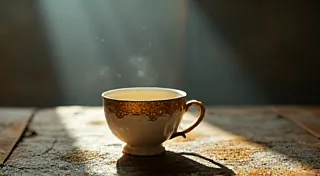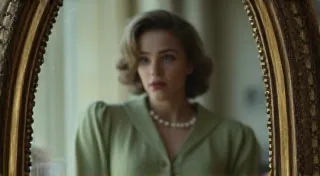The Evolution of Vintage Shoe Styles
Shoes are more than just footwear; they're reflections of the times. Examining vintage shoe styles offers a fascinating glimpse into the changing fashions, social norms, and technological advancements of the 1900s. This article will trace the evolution of vintage shoe designs, decade by decade, showcasing how silhouettes shifted and embellishments flourished.
The Early 1900s: Edwardian Elegance and the Rise of Comfort
At the turn of the century, Edwardian fashion prioritized elegance and refinement. Women’s shoes were characterized by delicate, pointed toes, slender ankles, and ornate detailing. High arches and button closures were common. Materials included satin, silk, and leather, often embellished with embroidery, lace, and bows. Boots were prevalent, often reaching the mid-calf or knee. Men’s footwear mirrored this formality, featuring Oxford shoes and lace-up boots, crafted from polished leather. Practicality was starting to creep in, though, with the introduction of more flexible soles, a small step towards future comfort.
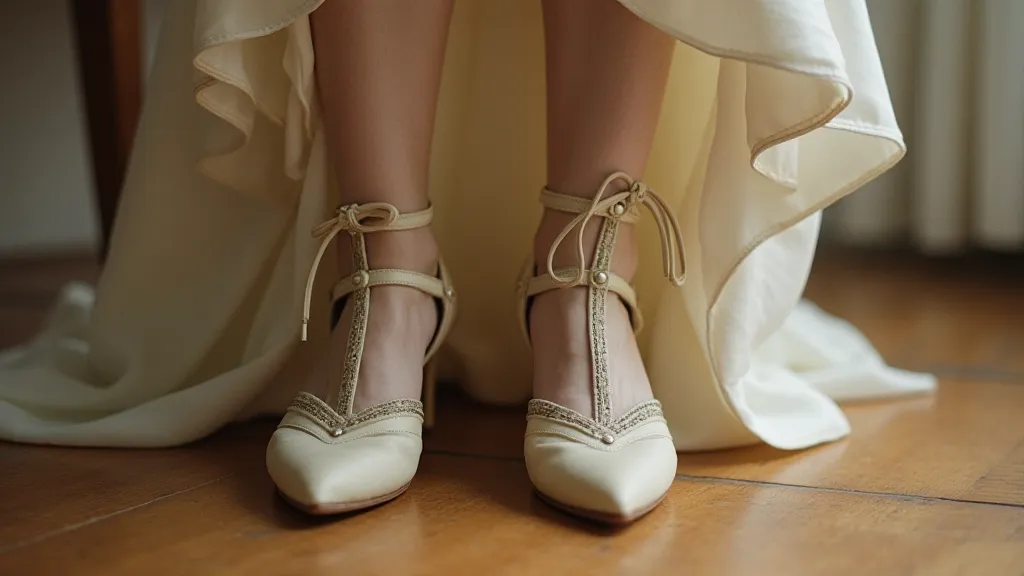
The Roaring Twenties: Flapper Flair and T-Strap Delight
The 1920s brought a dramatic shift in style, driven by the flapper culture and a desire for freedom. Shoe styles followed suit. The iconic T-strap shoe became a defining feature of the decade, offering a playful and modern look. Heels became lower and more manageable, prioritizing dance-ability. Mary Janes, with their rounded toes and single strap, were also incredibly popular. Materials ranged from patent leather to kidskin, often featuring Art Deco-inspired embellishments. Men's footwear continued the trend for laced Oxford shoes.
The 1930s and 1940s: Hollywood Glamour and Wartime Austerity
The 1930s saw a return to more sophisticated silhouettes, influenced by Hollywood glamour. Heels became slightly higher, and pointed toes made a comeback, but with a softer, more graceful shape. Ankle straps were common, often adorned with buckles or bows. The 1940s, however, brought a period of austerity due to World War II. Materials were rationed, and shoe designs became simpler and more practical. Utility boots and sturdy, lace-up shoes became commonplace for both men and women. Color palettes shifted to more muted tones, reflecting the somber mood of the era.
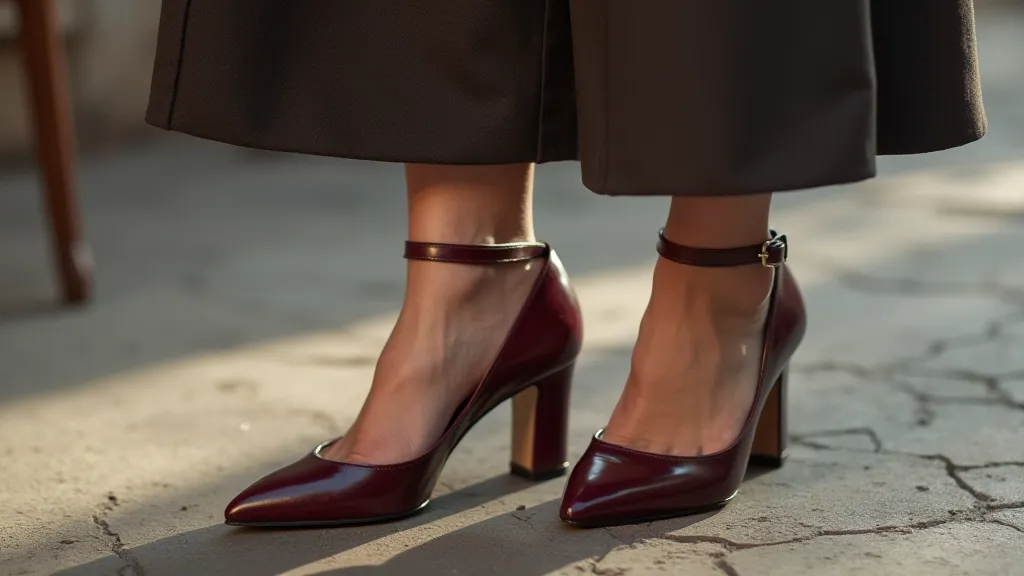
The 1950s: Post-War Prosperity and the Rise of the Slingback
The 1950s ushered in an era of post-war prosperity and a return to femininity. Christian Dior's "New Look" influenced shoe styles, emphasizing pointed toes, high arches, and slender silhouettes. Slingbacks became immensely popular, offering a chic and comfortable option. Ballet flats also gained prominence, reflecting the era's embrace of softer, more casual looks. Men’s footwear saw a rise in spectator shoes - Oxfords with contrasting panels.
The 1960s: Mod Style and Go-Go Boots
The 1960s were a time of youthful rebellion and cultural revolution, and shoe styles reflected this energy. Mod fashion brought with it sleek, minimalist designs. Go-go boots, often white or brightly colored, became a defining trend. Pointed toes remained popular, but with a sharper, more modern edge. Men's footwear followed a similar vein - cleaner lines and a focus on practicality.
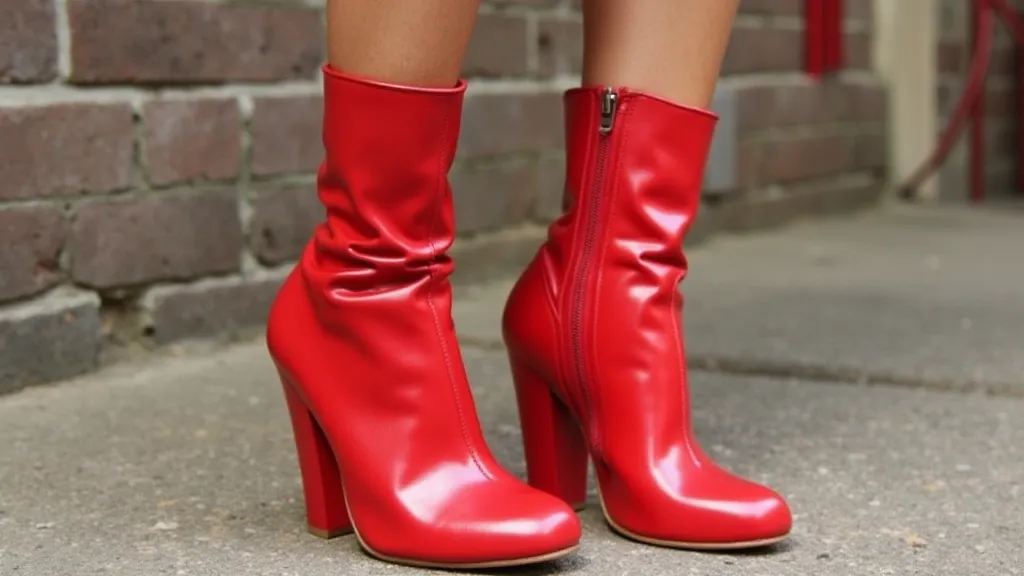
The 1970s and Beyond: Diversity and Individuality
The 1970s marked a shift towards greater diversity in fashion, and shoe styles followed suit. Platforms, wedges, and chunky heels became popular, alongside more classic styles. The decade saw a blending of influences, from bohemian to disco. The 1980s brought bold colors and extravagant designs. The 1990s saw a return to minimalism, while the 2000s embraced a mix of trends. Today, vintage shoe styles continue to inspire designers, and finding a pair of authentic vintage shoes is a treasured piece of fashion history.
